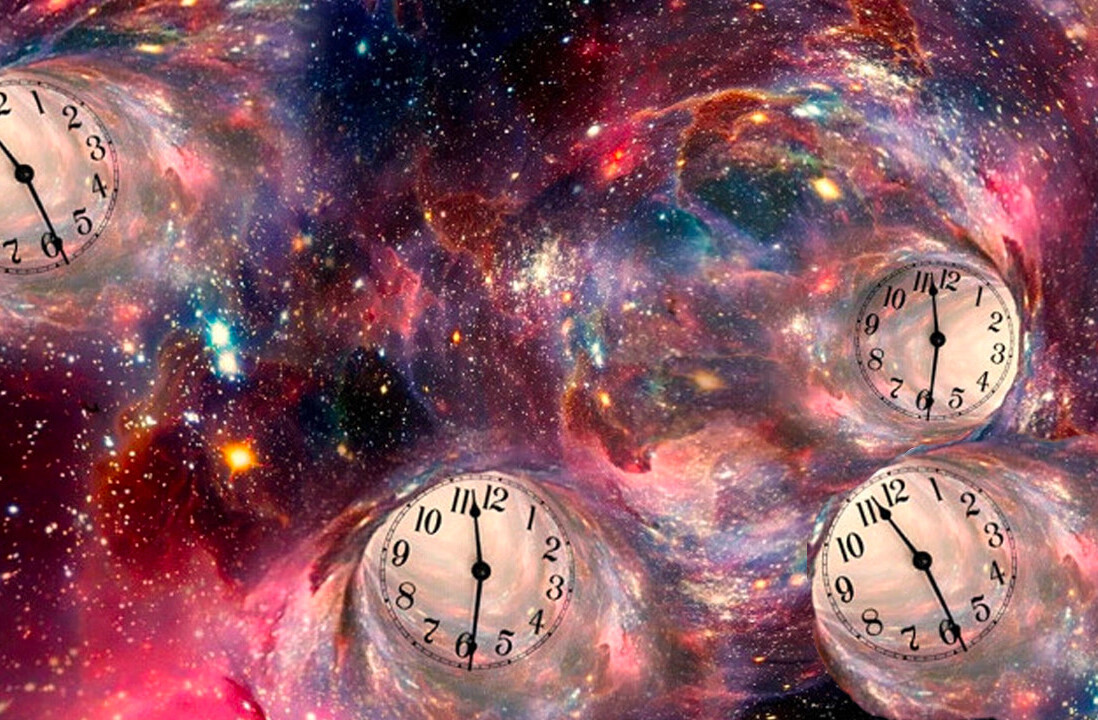
So you like TNW? Then join our upcoming online event, TNW2020, you don’t want to miss it.
The OSIRIS-REx spacecraft recently reported strange activity around the asteroid Bennu — as the asteroid rotates, it is shedding fragments of rock out to space.
Located in the asteroid belt between Mars and Jupiter, Bennu is constantly bombarded by smaller debris. Some of these impacts drive material off the surface. Other pieces appear to be sheared off the body by uneven heating from the Sun as the asteroid rotates. Most of these pieces fall back onto the surface of the asteroid, but a small percentage of them break free of the weak gravitational field surrounding the body, entering interplanetary space.
The OSIRIS-REx space craft has studied Bennu in unprecedented detail since arriving at its target. The first evidence for debris being spread to space was seen when the spacecraft first reached the asteroid in January 2019.
The spacecraft takes periodic pictures of background stars, using their positions to navigate, in much the same way as ancient sailors. Examination of these images showed far more “stars” than researchers were expecting.
“I was looking at the star patterns in these images and thought, ‘huh, I don’t remember that star cluster.’ I only noticed it because there were 200 dots of light where there should be about 10 stars. Other than that, it looked to be just a dense part of the sky,” Carl Hergenrother from the Lunar and Planetary Laboratory at the the University of Arizona states.
Further examination revealed the “star cluster” was, in fact, a collection of debris being driven off the asteroid. These pebbles were seen leaving the asteroid at an average speed of just 20 centimeters per second (less than one-half mile per hour), roughly half the walking speed of a beetle. The speediest piece of debris examined in this study sped along at around three meters per second, or a little over 6.5 MPH.
“The most well‐characterized potential mechanisms causing the ejection events are cracking of surface rocks due to thermal stress and impacts by meteoroids. Ricochet, when a particle reimpacts the surface and bounces off again, can also occur. Bennu thus belongs to a class of solar system objects known as ‘active asteroids,’ meaning those that shed mass from their surface, a characteristic once thought to be reserved for comets,” researchers describe.
The largest pieces of debris thrown off from the asteroid measures around six centimeters (2.5 inches) in diameter — not large enough to damage the spacecraft were one to hit at these low velocities. Of the 668 objects examined in this new study, most were under one centimeter (0.4 inch) from side to side.
“Space is so empty that even when the asteroid is throwing off hundreds of particles, as we have seen in some events, the chances of one of those hitting the spacecraft is extremely small. [A]nd even if that were to happen, the vast majority of them are not fast or large enough to cause damage,” Hergenrother said.
Bennu rotates once every four hours and 18 minutes, heating on its Sun-facing side, and cooling on its dark half, creating thermal stresses in the rock. On average, Bennu sloughs off one or two pebbles per day, mostly during its two-hour-long afternoon and early evening. Most of these fall back to the surface of the asteroid, the study shows.
One particle was seen orbiting the asteroid for a week before falling back to the surface.
These displays of rocks shed from Bennu allow researchers to study the interior makeup of the asteroid. Examination reveals Bennu is not uniform, but contains regions of denser and lighter material.
Launched in September 2016, the spacecraft captured its first image of Bennu in August 2018. The spacecraft will perform a touch-and-go maneuver (as early as October 20), collecting samples from the asteroid before heading back to Earth in March 2021.
This new study suggests that far from being dead rocks, some asteroids could be dynamic bodies, constantly changing as they orbit the Sun.
Analysis of activity surrounding Bennu is detailed in the Journal of Geophysical Research: Planets.
This article was originally published on The Cosmic Companion by James Maynard, founder and publisher of The Cosmic Companion. He is a New England native turned desert rat in Tucson, where he lives with his lovely wife, Nicole, and Max the Cat. You can read this original piece here.
Astronomy News with The Cosmic Companion is also available as a weekly podcast, carried on all major podcast providers. Tune in every Tuesday for updates on the latest astronomy news, and interviews with astronomers and other researchers working to uncover the nature of the Universe.
Get the TNW newsletter
Get the most important tech news in your inbox each week.






